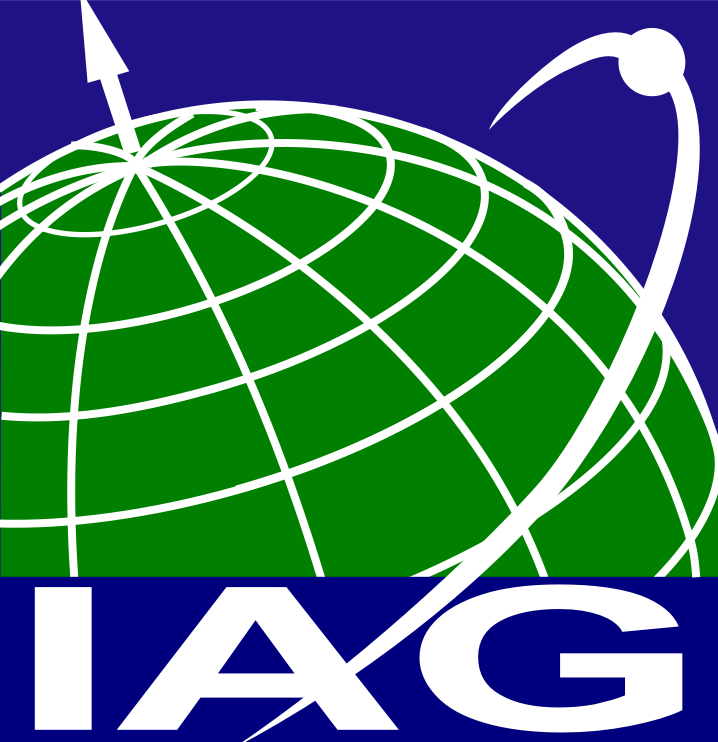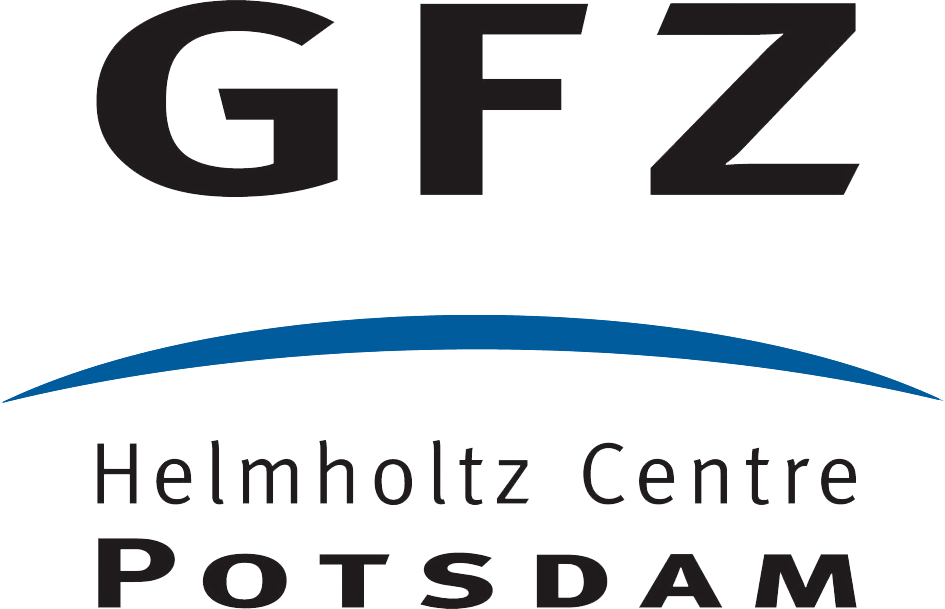 Released
Released Model
ModelThe gravity field model based on the second invariant of the GOCE gravitational gradient tensor: IGGT_R1
Cite as:
Lu, Biao; Luo, Zhicai; Zhong, Bo; Zhou, Hao; Förste, Christoph; Barthelmes, Franz; Flechtner, Frank; Zhou, Rui (2017): The gravity field model based on the second invariant of the GOCE gravitational gradient tensor: IGGT_R1. GFZ Data Services. https://doi.org/10.5880/icgem.2017.007Status
I N R E V I E W : Lu, Biao; Luo, Zhicai; Zhong, Bo; Zhou, Hao; Förste, Christoph; Barthelmes, Franz; Flechtner, Frank; Zhou, Rui (2017): The gravity field model based on the second invariant of the GOCE gravitational gradient tensor: IGGT_R1. GFZ Data Services. https://doi.org/10.5880/icgem.2017.007 Abstract
Abstract
IGGT_R1 is a static gravity field model based on the second invariant of the GOCE gravitational gradient tensor, up to degree and order 240. Based on tensor theory, three invariants of the gravitational gradient tensor (IGGT) are independent of the gradiometer reference frame (GRF). Compared to traditional methods for calculation of gravity field models based on GOCE data, which are affected by errors in the attitude indicator, using IGGT and least squares method avoids the problem of inaccurate rotation matrices. IGGT_R1 is the first experiment to use this method to build a real gravity field model by using GOCE gravitational gradients. This new model has been developed by Wuhan University (WHU), GFZ German Research Centre for Geosciences (GFZ), Technical University of Berlin (TUB), Huazhong University of Science and Technology (HUST) and Zhengzhou Information Engineering University (IEU). More details about the gravity field model IGGT_R1 is given in our paper “The gravity field model IGGT_R1 based on the second invariant of the GOCE gravitational gradient tensor” (Lu et al., 2017, http://doi.org/10.1007/s00190-017-1089-8).
This work is supported by the Chinese Scholarship Council (No. 201506270158), the Natural Science Foundation of China (Nos. 41104014, 41131067, 41374023, 41474019 and 41504013) and the Key Laboratory of Geospace Environment and Geodesy, Ministry Education, Wuhan University (No. 16-02-07).
Authors
Contact
- Lu, Biao (PhD student) ; GFZ German Research Centre for Geosciences, Telegrafenberg, 14473 Potsdam, Germany; Department of Geodesy and Geoinformation Science, Technical University of Berlin, 10623 Berlin, Germany; School of Geodesy and Geomatics, Wuhan University, Wuhan 430079, People’s Republic of China.; ➦
Contributors
Ince, Elmas Sinem; Reißland, SvenKeywords
IGGT_R1, GOCE, ICGEM, Geodesy, geodesy, geophysicsGCMD Science Keywords
Location
Please, click on markers, line or bounding boxes to see related details in popup.
To explore to full geographic extent of the map please click and drag the map.



 Files
Files